As cities continue to grow, the need to mitigate external noise and enhance indoor acoustic quality has become paramount. The criteria for acoustic comfort have evolved into a necessary consideration in habitable spaces. Several studies have investigated the connection between noise annoyance and both the physical attributes of sound and its impact on health and well-being. Noise nuisance has been shown to adversely affect hypertension, increase the chances of cardiovascular diseases, increase stress, and reduce cognitive efficiency in occupants [1]. An acoustically comprehensive strategy for occupant comfort in buildings often involves a multifaceted approach, incorporating design concepts, material selection, and the expertise of acoustic consultants to achieve optimal results. However, in pursuit of streamlined green and sustainable strategies, the acoustic well-being of the users of the space often goes unnoticed. For instance, a study on indoor environmental quality (IEQ) involving 23,450 respondents from 142 buildings concludes acoustic nuisance as the...
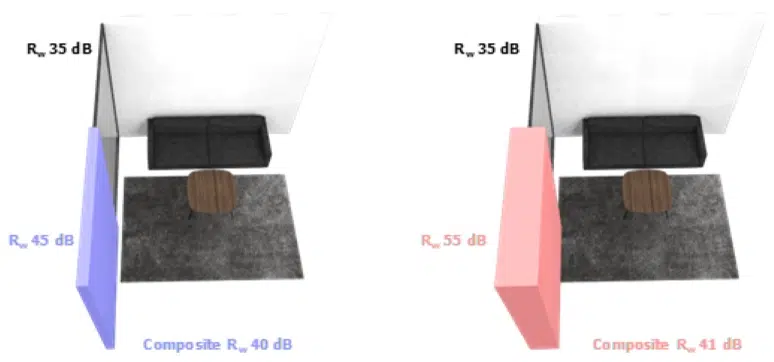
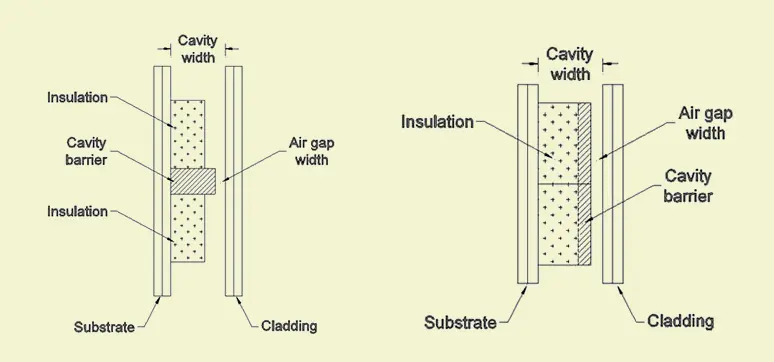
Open Cavity Barriers Investigation
The façade is one of the key elements of buildings across the World. Various types can be found in various countries and regions, often fitting to specific climatic conditions at the location of the building. Among various types, one can identify also ventilated facades (VF), particularly favourable in climates where water vapor transmission through a façade and prevention of condensation in the internal façade structure is of concern. A ventilated façade (VF) system contains an airgap layer between the inner and outer membranes of the façade system. The air in the gap flows up due to buoyancy and exits the gap from the upper part while cold air enters the gap from the lower part, providing optimal thermal efficiency and moisture removal from the façade structure. In the case of fire, the presence of the air cavity in VF systems influences the overall fire dynamics of the façade. It provides...
Posted on: 20 Feb 2024
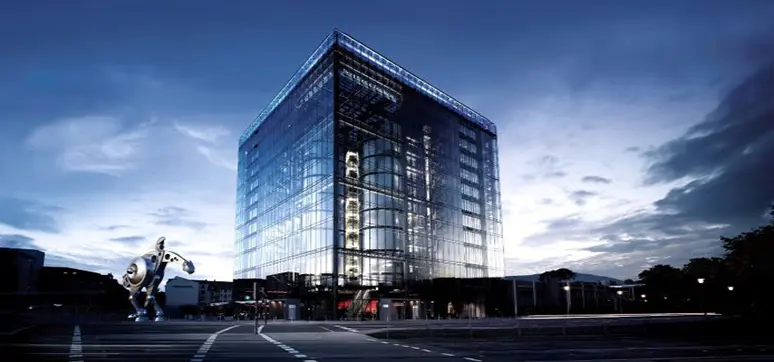
Performance-Based Fire Engineering – Advancing Design Strategies for Complex Buildings
In modern architecture, with its evolving designs, materials, and complex structures shaping urban landscapes, ensuring fire protection poses a challenge. The integration of glass façades and other glazed structures presents both technical and commercial hurdles for designers. However, an increasingly employed solution to address these challenges is performance-based fire safety design. Understanding the Challenges Architectural advancements, environmental concerns, and the integration of renewable energy technologies like photovoltaic panels pose significant challenges to fire safety in modern buildings. Traditional fire safety standards often struggle to address these complexities, highlighting the need for a more adaptable framework. Performance-based fire engineering emerges as a viable alternative, offering a comprehensive approach tailored to the unique characteristics of each building. By prioritising safety targets through flexible and innovative solutions, performance-based design strategies empower architects and engineers to navigate the intricacies of modern architecture while upholding fire safety standards. Performance-Based Fire Safety Design Performance-based design in...
Posted on: 19 Feb 2024
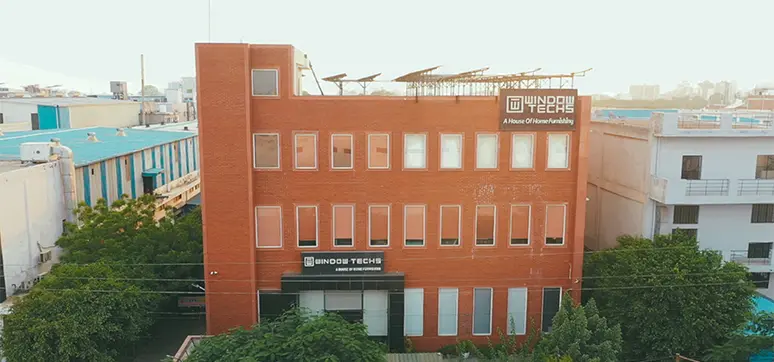
From Vision to Reality: The Window Techs Journey of Revolution
Since its start in 1993, Window Techs, led by Mr. Vishal Khandelwal, has been on a journey of innovation in the world of interior furnishings. The big moment came in 2011 when the company introduced Insulated Glass Blinds. This move wasn’t just business; it was inspired by Mr. Khandelwal’s experiences with ground-breaking technology during his travels abroad. Seeing the potential for these blinds in India, he made Window Techs a pioneer in providing different blinds for various spaces, from homes to facades. Facing challenges along the way, Mr. Khandelwal strategically acquired a company in Denmark to secure the technology for insulated glass blinds. This became a game-changer for Window Techs, emphasizing the company’s commitment to excellence by incorporating top-notch machinery into its Faridabad production plant. Originally meant for facades, Window Techs’ insulated glass blinds quickly found broader use. The sleek Venetian blinds and energy-efficient Honeycomb blinds became popular for improving...
Posted on: 08 Feb 2024
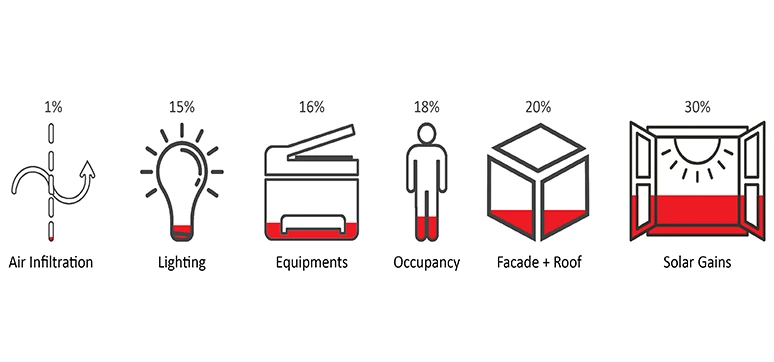
Impact of Efficient Façade Design on Building Energy Performance
Building operation accounts for 30% of global energy consumption and 26% of global energy-related emissions according to Buildings - Energy Systems - IEA (n.d.). Commercial and residential buildings consume about 33% of the energy for cooling and daylighting in India (Kumar et al., 2017). Due to such significant contributions to negative phenomena like increasing carbon emissions, rising global temperatures, and climate change, optimizing building energy performance has become a matter of utmost importance as a corrective measure. In fine-tuning a building’s energy use, looking at customized climate-responsive design solutions that reduce building energy demand, also called passive design, becomes crucial. Passive design is as important, sometimes more, as deploying efficiently-performing air- air-conditioning and ventilation systems. Passive design involves parametric analysis considering the element-wise contribution to the building heating/ cooling demands. The critical aspect of passive design is the building envelope that separates the building’s conditioned and unconditioned environment. ROLE OF...
Posted on: 02 Feb 2024
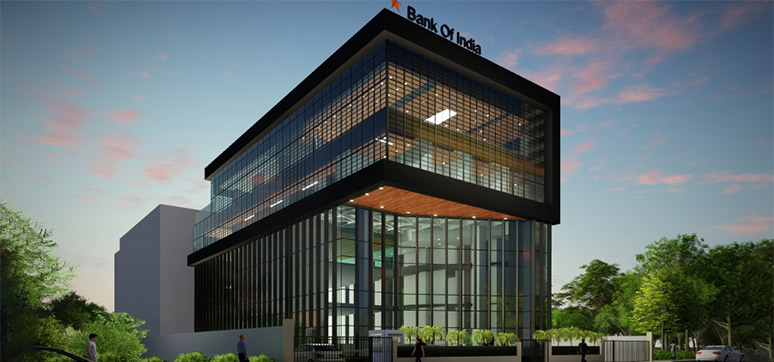
The Evolution of Modern Façades: Integrating Sustainable Design, Technology and Aesthetics
In today’s fast-paced & environmentally conscious world, the concept of modern façade design has transcended its traditional role. Modern façades are no longer just about the external appearance of a building; they have evolved into dynamic systems that integrate sustainability, energy efficiency, safety, & aesthetic appeal. Meeting the demands of sustainable construction, heat ingress control, energy conservation, safety, cost-effectiveness, ventilation, and daylighting, contemporary façades are pushing the boundaries of innovation and reshaping the architectural landscape. SUSTAINABILITY: THE CORE OF MODERN FAÇADE DESIGN At the heart of modern façade design lies the imperative to embrace sustainability. With a growing awareness of climate change and the need for energy-efficient buildings, modern façades are designed with eco-friendly materials and innovative technologies. Architects and designers are now increasingly turning to sustainable materials such as recycled steel, low- emissivity glass, and photovoltaic panels that harness solar energy, contributing to reduced carbon footprints and enhanced energy...
Posted on: 31 Jan 2024
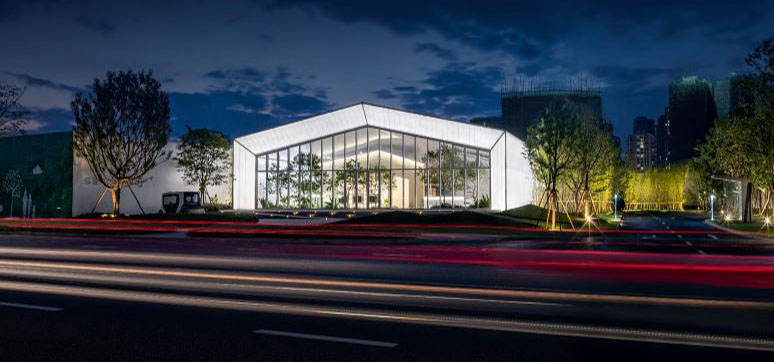
The world now needs promising future lighting opportunities that not only elevate the architectural appearance but also prioritise sustainability and well-being
How would you explain the role of façade lighting in enhancing the aesthetics and functionality of a building? Façade lighting is inseparable from the architectural façade itself. It renders the nighttime perception and identity of the façade forms and elements to appear as per the architects' vision. Without lighting, the architecture would appear dark and unnoticed, as its existence and beauty cannot be appreciated at night. Lighting highlights the aesthetics of the building materials and colours. It also picks up different moods and reinforces statements of the architecture that do not appear during the day and even conveys messages to communicate with the users. In some projects, a generous amount of glass façade allows the interior lighting out and contributes to the façade lighting expression. Therefore, the perceived façade lighting is precisely what is curated inside the architecture. Intense collaborations between various parties are required to devise a good façade...
Posted on: 23 Jan 2024
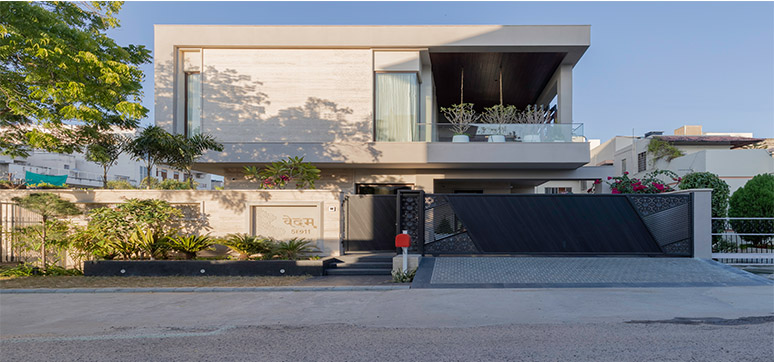
“By 2050, Buildings will Become Living Structures that Actively Contribute to Sustainability Goals”
The future of façades and fenestrations holds the promise of a remarkable transformation in the world of architecture & building design. As our cities evolve and environmental concerns become increasingly critical, the integration of cutting-edge technologies, sustainable materials, and innovative design concepts is poised to redefine the way we envision and construct our living spaces. TRANSFORMATION OF DESIGNS – FUTURE FAÇADES - 2050 [caption id="attachment_56017" align="alignright" width="399"] Subtleties in the contemporary façade with minimal lines[/caption] The year 2050 is expected to witness remarkable transformations in façade and fenestration designs, driven by evolving architectural trends and technological advancements. One of the prominent changes will be the integration of smart materials and technologies. Future façades will no longer be static; they will respond dynamically to environmental conditions, optimising energy efficiency. Moreover, sustainability will play a pivotal role with façades featuring advanced materials. Living walls and vertical gardens will become prevalent, not only...
Posted on: 14 Jan 2024

The Crucial Role of Weatherproofing in Sustainable Design
Weatherproofing, a cornerstone of architecture and construction, goes beyond mere protection against the elements: it signifies an unwavering commitment to a sustainable, enduring future. Regardless of location, from the relentless monsoons of Southeast Asia to the Arctic’s biting cold or the desert’s scorching heat, weatherproofing ensures that structures stand strong, efficient, and able to resist the inexorable passing of time. Compelling statistics underline the global importance of weatherproofing: buildings worldwide account for 40% of total energy consumption; implementing effective weatherproofing measures, such as insulation and air sealing, can reduce building energy consumption by up to 30%, curbing carbon emissions and mitigating climate change. Moreover, construction activities contribute approximately 13% to global GDP, with weather-related damages incurring significant costs yearly. Robust weatherproofing not only safeguards these substantial investments but also reduces long-term repair expenses. In regions prone to natural disasters, resiliently weatherproofed structures can suffer up to seven times less damage,...
Posted on: 08 Jan 2024
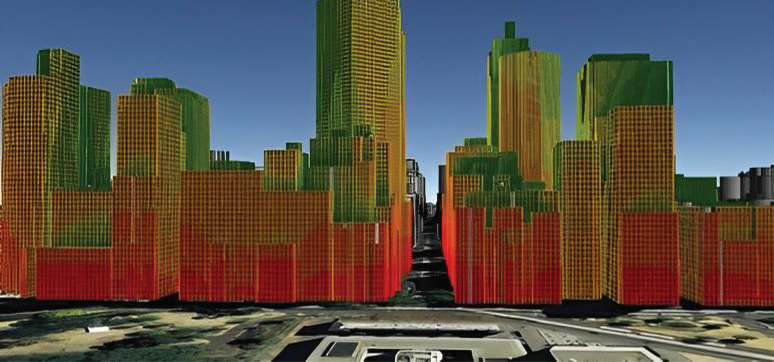
Improving Acoustic Performance of Façades
WE LIVE IN A NOISY WORLD The Middle East has experienced rapid urbanisation and development and one of the major challenges brought by urbanisation is noise pollution. The increased urban activity has significantly contributed to higher noise levels in cities. This has become a significant concern, as it negatively impacts the quality of life for residents. [caption id="attachment_55874" align="alignright" width="400"] Figure 1 - Examples of noise sources that affect acoustic design (©Dubai Building Code 2021)[/caption] Exposure to high noise levels can have varying negative effects on individuals. Some may experience increased stress, difficulty in concentrating, and disrupted sleep patterns. Others may develop long-term health issues such as hearing loss and cardiovascular problems. The impact of noise pollution on individuals depends on factors such as their sensitivity to noise and the duration and type of exposure. The building envelope plays a crucial role in defining the visual identity of a structure,...
Posted on: 04 Jan 2024
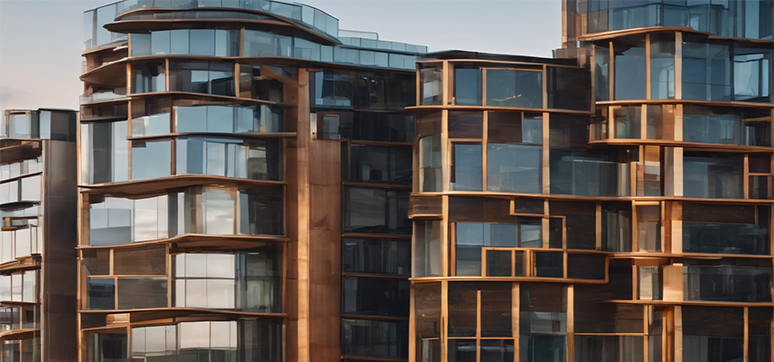
“Robotic Construction Techniques will Streamline the Installation Process”
By 2050, we can expect facades and fenestrations to undergo significant transformations in design. Sustainable and eco-friendly designs will take centre stage, incorporating green walls, solar-integrated windows, and adaptable facades that respond to weather and energy needs. Aesthetic considerations will blend with functionality as architects experiment with dynamic, shape-shifting facades that enhance both form and function. The global market for facade and fenestration materials in 2050 will likely feature advanced materials like self-healing glass, aerogel insulation, and transparent solar panels integrated into windows. Biomimetic materials inspired by nature’s efficiency, such as bio-facades and biomimetic coatings, will become commonplace, promoting energy efficiency and aesthetics. In terms of technology, 2050 should see smart façades and fenestrations become the norm. These will be equipped with advanced sensors and AI-controlled systems to optimize natural lighting, temperature, and air quality. Nanotechnology may enable self-cleaning surfaces, while augmented reality interfaces allow users to personalize their window...
Posted on: 18 Dec 2023
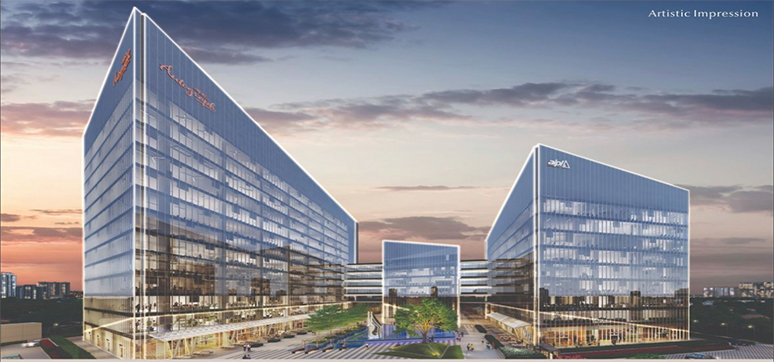
“Future Façades are Likely to have Automated Weather Adaptability through Specially Designed Apps”
The façade industry is very diverse and keeps on upgrading. Keeping in mind the current scenario and regulations that are being followed, the façades in the future will be more energy efficient/harvesting by using glasses with integrated solar panels and with auto tinting properties which will further help in saving energy. Moreover, the aluminium profiles will become sleeker and more intricate. [caption id="attachment_55589" align="alignleft" width="500"] Visualising future façades – renderings[/caption] As aluminium is considered the best material for façades due to its properties like lightweight and durability, it will still play an important role in the coming years. Considering the need for utilizing more sustainable materials, recycled plastics and metals, bricks, pre casts, and reclaimed wood to name a few can be an alternative. With the technical advancements in the current times, future façades are likely to have automated weather adaptability by controlling solar heat and harnessing energy from natural...
Posted on: 15 Dec 2023
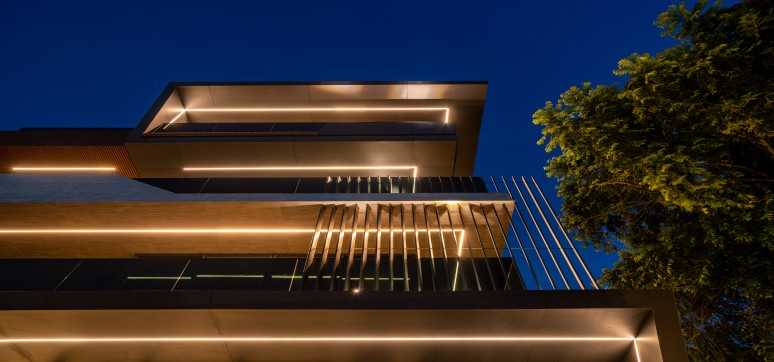
Energy Efficiency, User Comfort & Sustainability will be the Mantras
The architectural landscape is poised for substantial changes in façade and fenestration design by the year 2050, driven by a growing emphasis on sustainability and energy efficiency. Anticipated developments include the crafting of façades that prioritize the efficient use of natural light while simultaneously minimizing heat retention. The incorporation of advanced fenestration systems, enriched with intelligent technologies capable of real-time adjustments to transparency and shading, will further characterize these transformations. Furthermore, the integration of green elements into façades, exemplified by vertical gardens and plant-clad walls, is expected to gain prominence. Such enhancements will not only elevate aesthetic appeal but also significantly augment ecological performance. In addition, the architecture of the future may embrace interactivity, enabling real-time responses to user preferences and requirements, resulting in versatile and personalized environments. FUTURE MATERIALS By the dawn of 2050, we can envision the ascension of sophisticated façade and fenestration materials onto the global stage....
Posted on: 15 Dec 2023

Use of Metal on Building Façades: Innovations & Sustainability
The use of metal in building façades has a rich history dating back centuries, but its role in contemporary architecture is far from static. As we look toward the future, metal is poised to play a pivotal role in shaping the aesthetic, functional, and sustainable aspects of building exteriors. Let’s explore the evolving landscape of metal used in building façades, innovative materials, technologies, and sustainable practices that are driving this transformation. The world of architecture is experiencing a transformative shift towards sustainability and innovation. Building façades, often considered the “face” of a structure, play a pivotal role in this evolution. THE EVOLUTION OF METAL IN BUILDING FAÇADES Before delving into the future, let’s briefly review the historical context. Metal has Façade Materials Use of Metal on Building Façades: Innovations & Sustainability has been a key player in building façades for centuries. From the ornate ironwork of 19th-century buildings to the...
Posted on: 11 Dec 2023
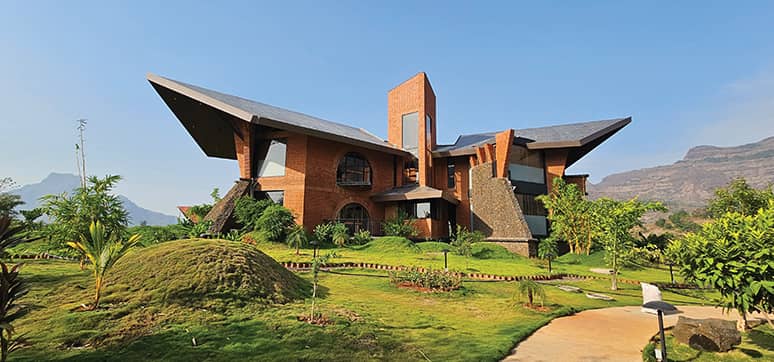
Mountain Dust: An Illustrious Organic Architecture
The dwelling, Mountain Dust, serves as a country home for Mr. Alreja and his family who primarily live in Mumbai. The 20-acre site is situated at the foothill of Matheran Hills, near Mumbai in Maharashtra, India. The site drops 110 feet from the top of the drive to the water edge. This countryside farmhouse consists of a six-bed house, surrounded by a common retro glamping area, swimming pool, service block, staff quarters, water reservoir, a large meadow, sacred groove, and wild untouched woods on the cliff till the river edge. [caption id="attachment_55300" align="alignright" width="401"] An atrium skylight changes the mood of internal space as the sunlight changes[/caption] At the heart of the house is an ample light-filled triangular atrium, around which the whole house revolves. Other spaces extend outward in three directions towards nature, forming a sacred Triskelion geometry to get a maximum vista of the surrounding mountain. Thus this...
Posted on: 08 Dec 2023
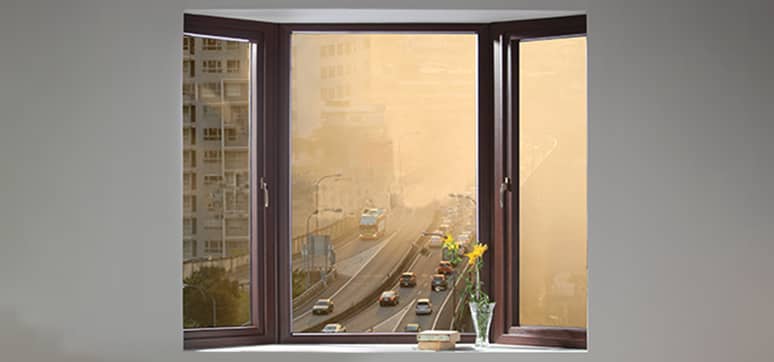
How the right fenestration solutions can combat all kinds of pollution
Today, pollution has emerged as a perennial problem in almost all cities worldwide. Consequently, whether people are outdoors or indoors, pollution affects everyone due to rising pollutants in the ambient air, more so in urban areas. In the current context, air pollution is not the sole issue. Noise pollution can also impact the health of residents within their homes or offices. What’s more, harmful pollutants may include dust and other allergens. But the right brand of high-quality windows and doors can ascertain that air and sound pollution are either eliminated or kept to the bare minimum. Old, worn-out, damaged windows and doors are the main reason why hazardous pollutants gain entry inside the premises, compromising the health of inhabitants. Moreover, inadequate insulation within homes reduces energy efficiency, in turn inflating the monthly electricity bills. Salient Features of uPVC and Aluminium In such situations, the best countermeasure is to make sure...
Posted on: 29 Nov 2023

